Irrigation Technology: Theory and Practice
The text of the book "Irrigation Technology: Theory and Practice" covers in a concise and yet in a comprehensive manner the various aspects of irrigation including the basic soil properties, crop water requirements, and both the design as well as evaluation of various surface irrigation methods, sprinkler and drip irrigation methods. Micro irrigation methods, viz., sprinkler irrigation and drip irrigation methods, have been treated in a greater detail keeping in mind their greater importance in the near future when the competition for fresh water for various purposes such as for industry, domestic supply, etc. would increase tremendously.
The text is presented in thirteen chapters. In chapter one, introduction, the importance of irrigation is explained with the help of the concept of conservation irrigation water management under four sections, viz., What the irrigation engineer should know? What the irrigator should know? What the planner should know? and preliminary considerations. In chapter 2, irrigation water resources, the importance of water resources in India for sustainable food production to meet the demand of food grains of ever-increasing population has been explained. Thereafter, farm ponds, dug wells and tube wells are dealt with under irrigation water resources.
In chapters 3, irrigation water measurement, irrigation water measurement in small irrigation streams, field channels and in pipe flows are explained. In chapter 4, irrigation water distribution is briefly explained. In chapter 5, soil physical properties, theories of infiltration as well as measurement of infiltration are given. Then the determination of field capacity, permanent wilting point, soil moisture content and hydraulic conductivity are treated. Most commonly used evapotranspiration methods are given in chapter 6, irrigation water requirements. In chapter 7, irrigation scheduling is dealt with. Various irrigation efficiencies are explained with suitable examples in chapter 8, irrigation efficiencies. In chapters 9, irrigation methods, types of irrigation methods and their role in better use of irrigation water, factors influencing the selection of irrigation method and design of surface irrigation systems are discussed. In chapters 10 and 11 surface irrigation methods are given. In chapter 10 the design as well as evaluation of border and check basin irrigation methods are explained while in chapter 11, furrow irrigation, the design and evaluation of furrow irrigation method is explained.
Sprinkler irrigation and drip (or trickle) irrigation, respectively, are given in chapters 12 and 13. At first, the terminology and the formulae are given. Then the design is explained with the help of worked out examples. Finally the evaluation is given with the help of necessary forms for evaluation.
As will be seen, conscious effort is made to include, though in brief, several items of useful information. Thus, it is felt that the book covers all the preliminary items for a good understanding of the subject. At the end are given several references.
Get it now and save 10%
BECOME A MEMBER

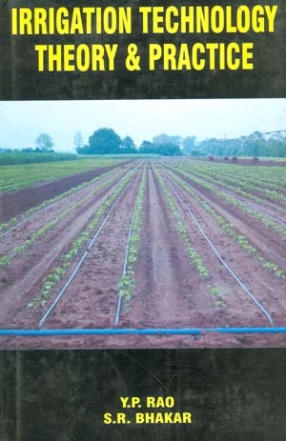
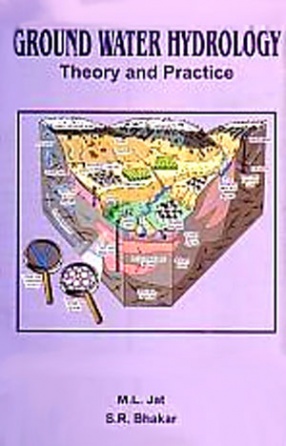
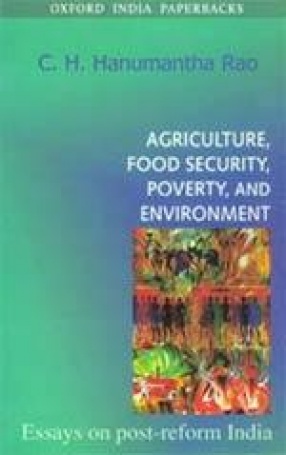
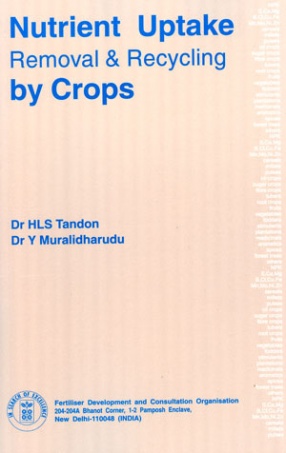
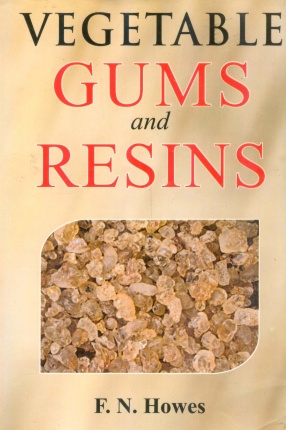
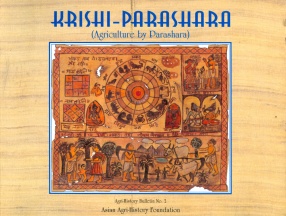

Bibliographic information
Y P Rao